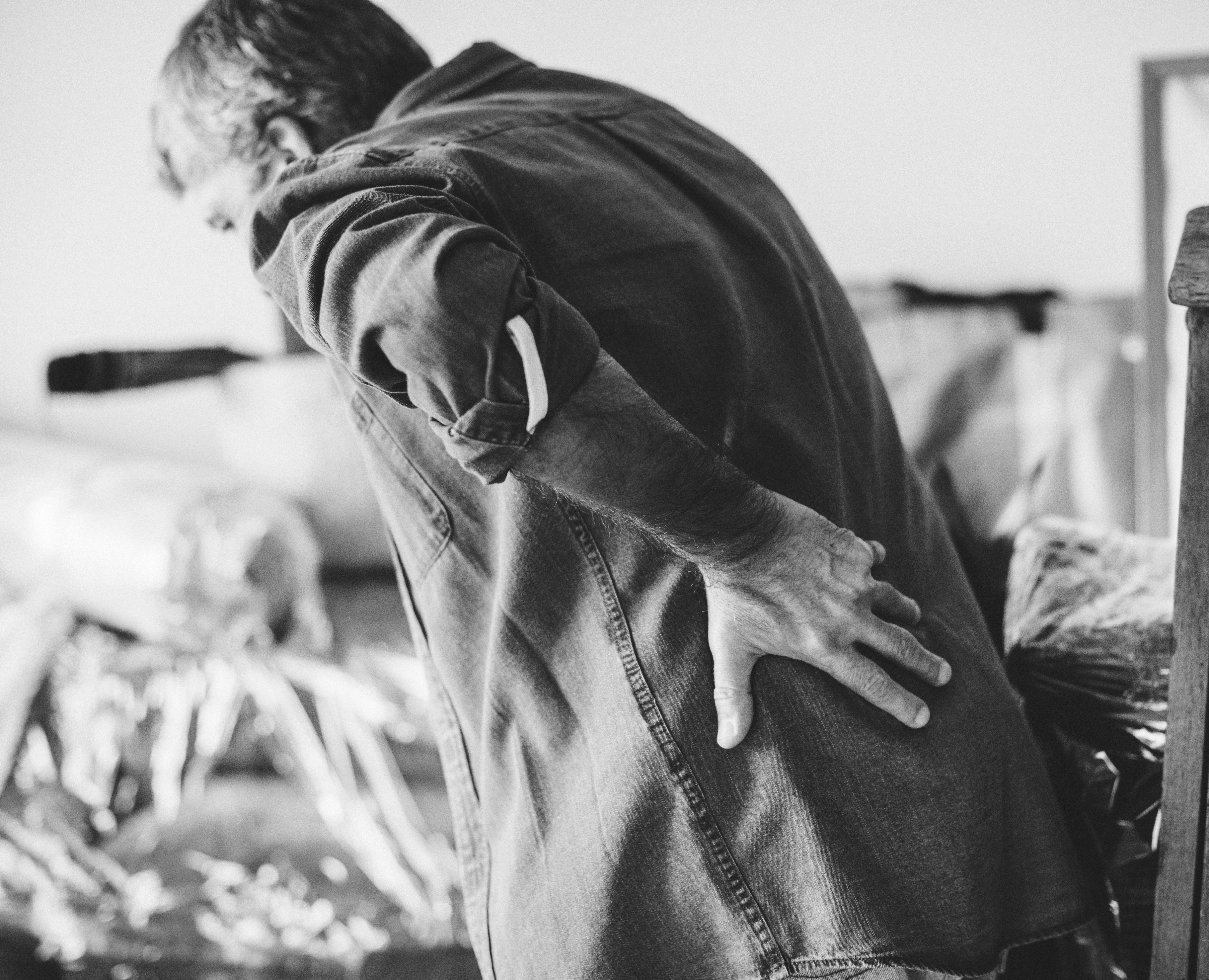At some point all of us may find ourselves needing back pain management of some kind. Back pain is a condition in which an individual experiences discomfort in the back. It is not a disease, but it’s a symptom of diseases. Back pain usually occurs as a result of a problem with the ligaments, muscles, tendons, nerves, and the vertebrae. In addition, back pain might also occur due to diseases that affect the kidney. You may need to seek the care of a back pain clinic or a chiropractor. What are the Causes and Risk Factors of Back Pain?
There are two main types of back pain. They are a lower back pain and upper back pain.
Lower back pain is one of the most common reasons why people visit the hospital. Back pain could develop due to injuries to the back, muscle sprains which might be due to making sudden rapid movements, or poor techniques when lifting heavy substances. Back pain could also be as a result of some diseases. Some of the diseases include kidney dysfunction, cancer of the vertebrae, ruptured disc, sciatica, an infection that affects the spine and so on.
In addition, there are two forms of back pain, based on duration. They include acute pain and chronic pain.
Acute pain is the type that lasts for less than 3 months. On the other hand, chronic pain usually lasts for more than 3 months. Low back pain is more prominent amongst people between the ages of 30 and 50. This can be attributed to the deterioration of the intervertebral disc, the vertebrae, the ligaments, tendons, muscles and so on. Old age causes the reduction of the muscle tone, and also the vertebral discs also become easily irritated. This is why it’s important to exercise the back muscles regularly. This doesn’t just tone the muscles, but also strengthen the bones.
What Are the Causes Of Back Pain?
Back pain has various causes. Below are some of the common ones;
- Sciatica: Sciatica is the type of pain that spreads along the path of the sciatic nerve. The branches of the sciatic nerve are in the lower back, the hips, buttocks and even down the leg. This pain only affects one side of the body. This condition mostly occurs as a result of conditions such as herniated dis, or a compression of the nerves in the spine. This would eventually lead to swelling, pain, tenderness, and loss of sensation in the affected limb. The pain associated with sciatica do vary in severity. While it can be mild, it can also be severe. Some of the signs and symptoms of sciatica include a pain that radiates from the buttocks down to the back of the leg. You should contact your physician if you notice any of these symptoms.
- Spinal stenosis: Spinal stenosis is a condition in which there is a reduction in the spaces between the spine. The narrowing of the space puts pressure on the nerves that pass through the spine. This condition mostly occurs in the neck and the lower back. There are different types of spinal stenosis. They include cervical stenosis and lumbar stenosis. Some of the signs and symptoms of this disease include numbness in the extremities, such as the arm, forearm, hand and so on. Other symptoms include back pain, weakness in the affected limb and so on. Spinal stenosis can be caused by various conditions. Some of the conditions include the overgrowth of bones. This is mostly associated with Paget’s disease. Other causes include herniated disks, tumor growth within the spinal cord, injuries of the spine and so on. It’s important to see a physician when you notice these symptoms.
- Fibromyalgia: This is a condition in which there is a widespread pain that is also associated with other conditions such as weakness, sleep, memory troubles, and mood problems. Studies have suggested that fibromyalgia affects the way the brain processes pain signals. Some of the signs and symptoms of fibromyalgia include pain that affects the two sides of the body and is usually above the waist. In addition, patients also find it difficult to focus on a task. Eventually, this affects their productivity. The exact cause of this disease is not known yet. However, some factors that contribute to the development of the disease have been identified. Some of these factors include genetics, infections, and
- Spondylosis: This is a condition in which there is a degeneration of the spine. This might occur as a result of disease such as osteoarthritis. Spondylosis in severe cases can lead to the compression of the nerves of the spine, which might eventually lead to conditions such as back pain, loss of sensation, loss of balance, and weakness of the muscles. Spondylosis occurs mostly as a result of the persistent pressure on the spine. This could be due to stress from sports, trauma, improper posture, degeneration of the vertebral discs and so on. You should consult your physician if you notice any of the symptoms above.
What Are the Risk Factors of Back Pain?
There are some factors that increase the risk of developing back pain. Below are some of them;
- Old age: The risk of developing back pain increases as one age. This is mainly due to the deterioration of the back muscles, ligaments, nerves and the bones.
- Sedentary environment: People that don’t involve themselves in physical activities have a high risk of developing back pain. This is because the more one exercises, the stronger the muscles and bones become.
- Obesity: Obesity increases the risk of developing back pain. This is because of the extra stress the body weight exerts on the bones.
- Smoking: Smoking increases the risk of developing back pain.
- Stress: Studies have shown that people who undergo a lot of stress also have a high risk of developing back pain.
How Is Back Pain Treated?
Back pain management specialists and chiropractors treat back pain in several ways. One of the ways they treat this disease is by prescribing medications. Examples of such drugs include nonsteroidal anti-inflammatory drugs like aspirin, ibuprofen and so on. These are pain relievers. There are home remedies to back pain. Some of the ways to do this include ice packs on the affected part, exercising, and focusing on the muscles of the back. This doesn’t just help prevent back pain but also strengthens the back muscles and bones. You should contact your physician if your back pain persists, even after trying different home remedies.
References
Is the Back Pain Field Hindering Progress In the Treatment of Chronic Back Pain?. (2010). The Back Letter, 25(9), 99. doi: 10.1097/01.back.0000388392.38274.4f
Thompson, E. (1996). Myofascial pain: asthma or the back and back pain in the workplace. Pain, 65(1), 111. doi: 10.1016/0304-3959(95)00223-5




